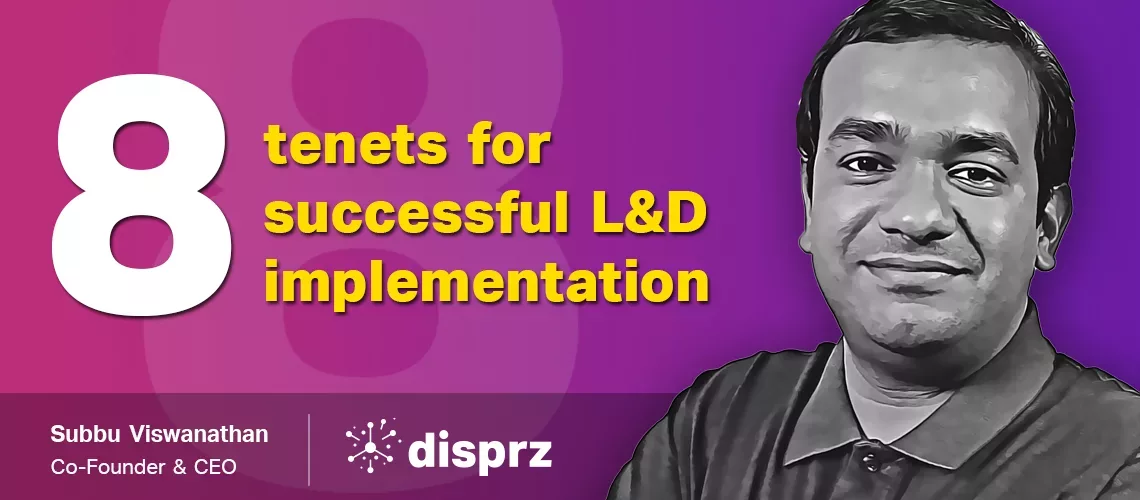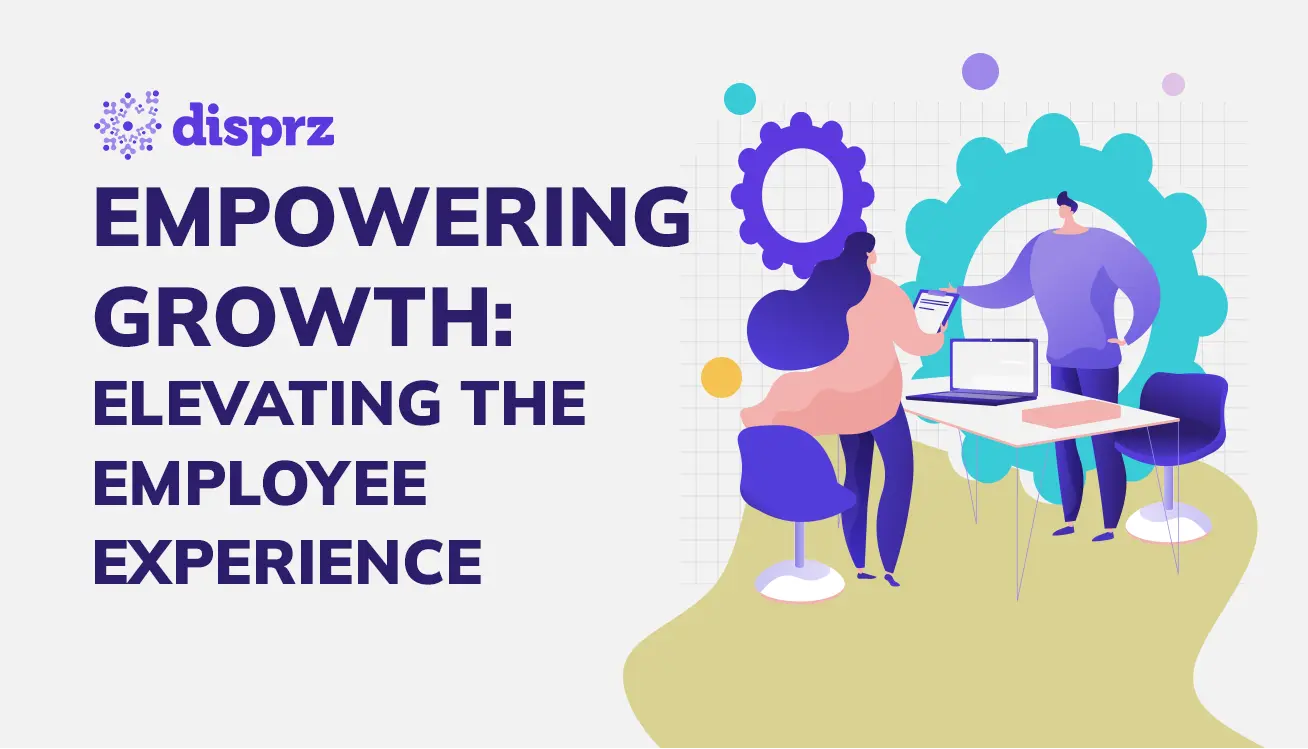-
Outcomes
Latest Blog Posts
 Essential Strategies for L&D Teams in Today’s Workplace by Cultivating Diversity and Inclusion
Essential Strategies for L&D Teams in Today’s Workplace by Cultivating Diversity and Inclusion -
Products
ProductsLatest Blog Posts
 Essential Strategies for L&D Teams in Today’s Workplace by Cultivating Diversity and Inclusion
Essential Strategies for L&D Teams in Today’s Workplace by Cultivating Diversity and Inclusion -
Customers
Latest Blog Posts
 Essential Strategies for L&D Teams in Today’s Workplace by Cultivating Diversity and Inclusion
Essential Strategies for L&D Teams in Today’s Workplace by Cultivating Diversity and Inclusion -
Resources
Latest Blog Posts
 Essential Strategies for L&D Teams in Today’s Workplace by Cultivating Diversity and Inclusion
Essential Strategies for L&D Teams in Today’s Workplace by Cultivating Diversity and Inclusion -
Company
Latest Blog Posts
 Essential Strategies for L&D Teams in Today’s Workplace by Cultivating Diversity and Inclusion
Essential Strategies for L&D Teams in Today’s Workplace by Cultivating Diversity and Inclusion

6 min read
• 18 Oct 2023
How to Make Your Digital Learning Initiatives Successful – 8 Best Practices from Our CEO
When properly strategized, planned, executed, and evaluated, digital learning initiatives can transform an L&D culture. Read this blog to learn how.
-
eBookEmployee Upskilling - A Detailed Blueprint For Building A Skills-Driven Learning Culture
With the rise in hybrid working, digital learning has accelerated, leading to increased expectations and challenges for the L&D team. Moreover, the mass migration that is popularly known as the “The Great Reshuffle” spurs new pressure for L& D professionals
Impactful digital learning initiatives are pivotal for retaining the best talents and providing new learning opportunities to help them shift into new roles effortlessly. The success or failure of the digital learning initiatives depends on the path mapped for digital learning.
Disprz has successfully implemented digital learning across 200+ companies. Based on our experiences with these vivid companies from different industries, our CEO and Co-Founder, Mr. Subbu Viswanathan, has shared eight tenets for making any digital learning initiative successful.
8 Best Practices to Make Digital Learning Initiatives Successful
When properly strategized, planned, executed, and evaluated, digital learning initiatives can transform an L&D culture, supercharge skill-building, boost employee engagement and improve employee retention.
Here are eight best practices for making any digital learning initiative successful:
1. Ensure CEO buy-in
A CEO’s periodic messaging and regular involvement in enterprise learning can make a big difference in establishing and nurturing a continuous learning culture. CEOs are often veterans in their fields, so they can use their rich experience to provide constant inputs in the learning and development process.
When a CEO gives importance to workforce growth, the employees feel valued, show genuine interest in skill development, and stay for long with the company.
2. Embrace mobile learning
Mobile technology is revolutionizing the way we live and do business. It is time to acknowledge its potential for enterprise learning. A mobile-first L&D approach helps in increasing employee engagement and learning adoption. It doesn’t confine learning to a cubicle. Employees can consume knowledge from anywhere, anytime.
Mobile learning helps in converting idle time into productive learning hours. It perfectly fits in a hybrid work environment. A mobile-first approach is a great way of providing learning at the time of need and improving workforce efficiency.
As per a research, Mobile learning improves productivity by 43%
3. Apply marketing thinking
Just like how a marketing team uses various strategies to attract the target audience’s attention and achieve marketing objectives. Using some of those effective strategies, the L&D team can easily accomplish the enterprise learning goals. For that, L&D professionals need to step in the marketer’s shoes and think like them.
Like marketers, they need to focus on the target audience’s(learner’s) requirements, identify their pain points, build powerful campaigns around those pain points, choose the right platform for the campaigns and measure its effectiveness by delving deep into analytics. Marketers and L&D professionals have a lot in common; hence there is no harm in peaking into the marketer’s toolbox for providing impactful learning experiences.
4. Go function by function
Some of the learning and development professionals cast their net wide and try to target the entire organization together. However, an organization consists of different teams and has different functions. So a one-size-fits-all approach might not yield desired results.
Hence it is essential to focus on individual functions, and while doing that, it is pivotal to take the functional head’s input as they often know their team’s weaknesses and strengths. This will help in making learning and development more impactful and effective.
5. Carve out learning hours
Companies want employees to learn, enhance their skills, and become future-ready. However, most of them aren’t willing to set aside time for learning and development, making it challenging for employees to learn at work. Employees feel the pressure when they are loaded with a huge pile of work and assigned to many courses without being provided the time to complete them.
It is important to strike a balance between learning and work. Companies must consider making learning a part of employees’ daily routine by embedding it into the flow of work. The entire learning and development process needs to be structured strategically to fit into the employees’ work schedules.
6. Always put your learners first
Keeping the workforce engaged is of utmost relevance in today’s world where we work from multiple places. The spotlight should be on the learners. It is critical to understand what are the learner’s requirements, challenges, and hurdles in completing the learning journey. Focus on each learner and drive engaging learning experiences to fill the skill gaps. So whether you are developing a course or a content strategy, put yourself in the learner’s position and view learning through their eyes.
7. Create dedicated champions
Having fingers in too many pies often leads to disappointing results. Hence ensure you have a dedicated champion for driving the L&D initiative. To make digital learning successful, give the ownership of an initiative to a single person who can handle it efficiently from beginning to end and make necessary amendments in real-time to get results and drive success.
8. Measure, measure, measure
Measuring any digital learning initiative helps determine if the initiative is effective or if you need to walk the extra mile and make some changes to ensure success. Collect and analyze learning data to refine and strengthen your ongoing efforts. Some of the advanced learning solutions are powered by an analytics builder that enables you to convert raw data into insightful analytics. You can track metrics like course adoption, completion, learning dropout.. etc. These metrics can be useful in proving the ROI of your digital learning initiatives to influence a learning budgeting decision for the upcoming year.
Conclusion
A successful digital learning initiative begins with a well-planned strategy and a clear roadmap. We hope these eight tenets will help you in strategizing your digital initiatives and creating a roadmap to success. The market trends are changing, so keep updating the digital learning initiatives to make your employees flexible and agile to respond to unforeseen challenges.

About the author

Debashree Patnaik
Debashree is a seasoned content strategist at Disprz.ai, specializing in enterprise learning and skilling. With diverse experience in B2B and B2C sectors, including ed tech, she leads the creation of our Purple papers, driving thought leadership. Her focus on generative AI, skilling, and learning reflects her commitment to innovation. With over 6 years of content management expertise, Debashree holds a degree in Aeronautical Engineering and seamlessly combines technical knowledge with compelling storytelling to inspire change and drive engagement.
More Resources
4 min read
• 15 Apr 2024
Unlocking the Power of Managerial Engagement in Talent Development
4 min read
• 09 Apr 2024
Nurturing Excellence in Building Leadership Pipelines
4 min read
• 09 Apr 2024
Improving “Employee Experience” For Organizational Growth
Sign up to get free resources and stay up to date with Disprz!
Discover how Disprz can align learning and upskilling with your desired business outcomes.




